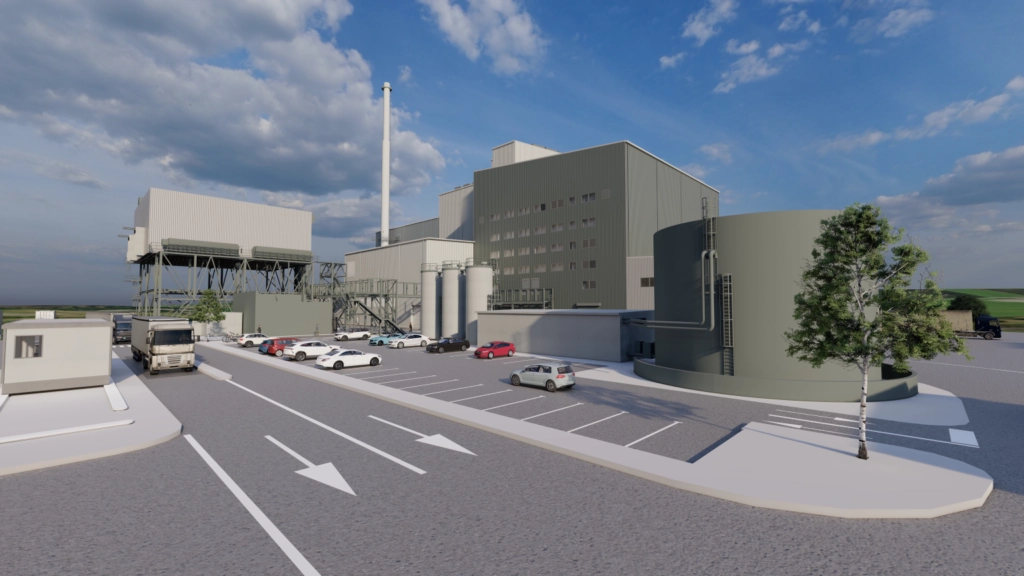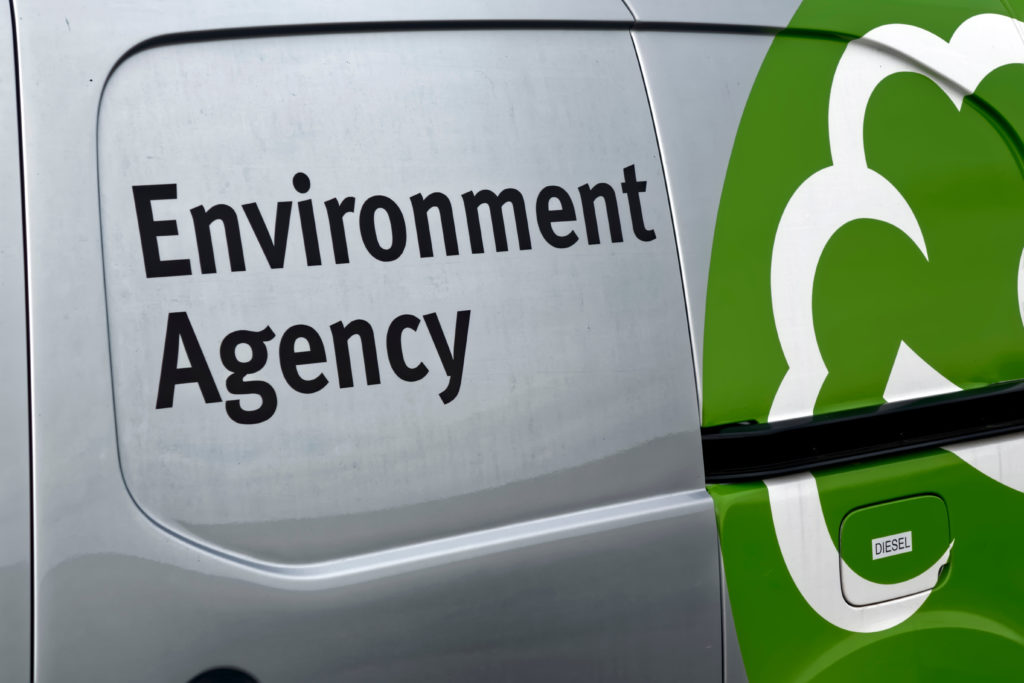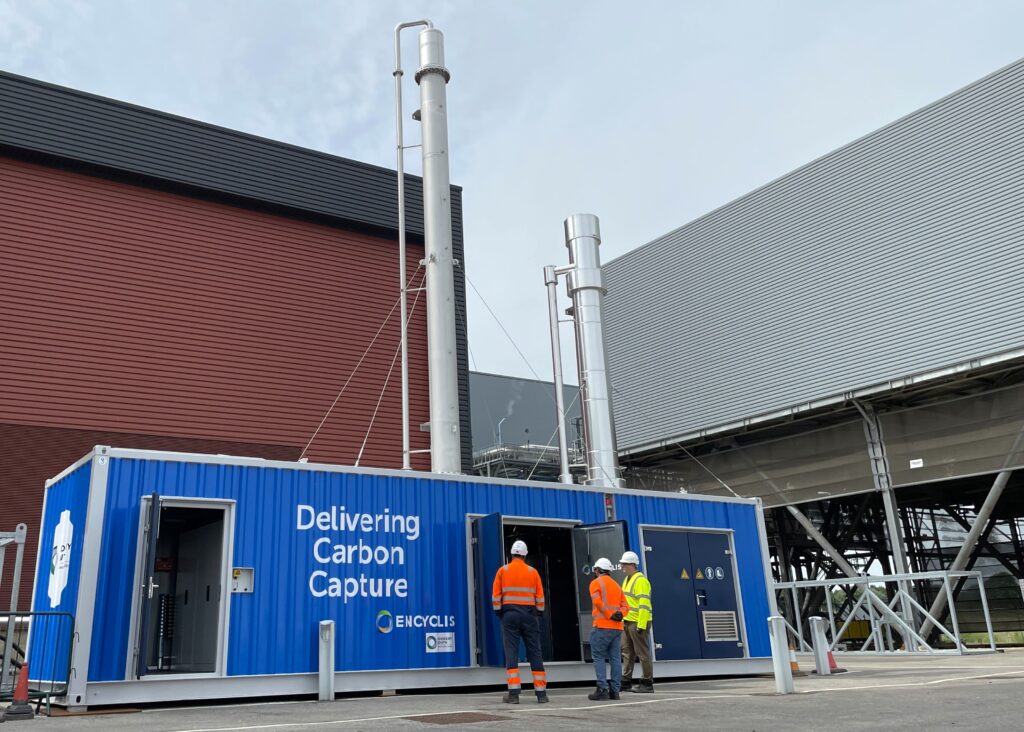Up until now, very few operators of facilities which convert mixed waste streams into electricity have been able to qualify for Renewables Obligation Certificate (ROCs) support because it is difficult to determine how much of the energy is renewable. This has involved testing samples of the waste in laboratories to determine its biodegradable fraction in a process known as dissolution.

Because of the difficulty of this approach, one of the only companies to successfully claim ROCs for an energy-from-waste plant to date has been Energos for its Isle of Wight gasification facility, which starting receiving ROCs in late 2010 (see letsrecycle.com story).
However, now the energy regulator has said that it is prepared to consider Fuel Measurement and Sampling procedures that propose to use the carbon-14 technique. This technique, which is similar to carbon dating, allows operators to test the emissions from their installations rather than the waste itself to determine the renewable content of the energy produced.
Recently living material contains a much higher proportion of carbon-14 isotopes so, by measuring the ratio of fossil carbon-12 to the amount of carbon-14, the proportion of the energy which is renewable can be determined.
The move comes after an independent report commissioned by Ofgem and another commissioned by members of the Renewable Energy Association found that results from using the technique would be at least as accurate as the existing sampling methods used.Ofgem stressed that, as always,all sampling proposals will be considered and agreed on a case-by-case basis.
Richard Bellingham, manager of renewables: biomass, waste and co-firing at Ofgem, said: We see the potential for the carbon-14 technique as a positive step in terms of recognising a new method for generators to consider when setting about making an application for accreditation to us.
NNFCC
The carbon-14 method which was developed by the Energy Research Centre of the Netherlands – has long been championed by the National Non-Food Crops Centre (NNFCC) which ran a conference on the subject in March 2011.
Dr Matthew Aylott, science and technology writer at the NNFCC, described the new technique as revolutionary. He said that it would provide a boost for the energy-from-waste sector as ROCs are currently trading for around 45-50 per MW.
He said: Finding a technology to determine the renewable fraction of EfW installations has been a major stumbling block for the industry. Ofgems decision should lead to large benefits for UK EfW companies and several EfW installations have already decided to start using the technology later this year.
While Dr Aylott could not say which companies were pursuing the technique, Energos and New Earth Solutions are among those which are interested.
Energos
Tony Grimshaw, technical director of Energos, sits on the sub-group of the Renewable Energy Association, which has been lobbying Ofgem to accept the carbon-14 technique.
He explained that there were advantages in being able to sample flue gas over solid waste and that the move by Ofgem was welcome.
However, he stressed that it was still early days and that Ofgem still had to accept an application for ROCs accreditation which used the carbon-14 technique. He also said there was some way to go to get a piece of equipment accredited to do the sampling.
This is the first step that Ofgem accepts it is an alternative, he said. But some trials need to take place and it needs to be demonstrated on the ground. Cost is the other issue. In my view it is probably a year away before it all beds down.







Subscribe for free